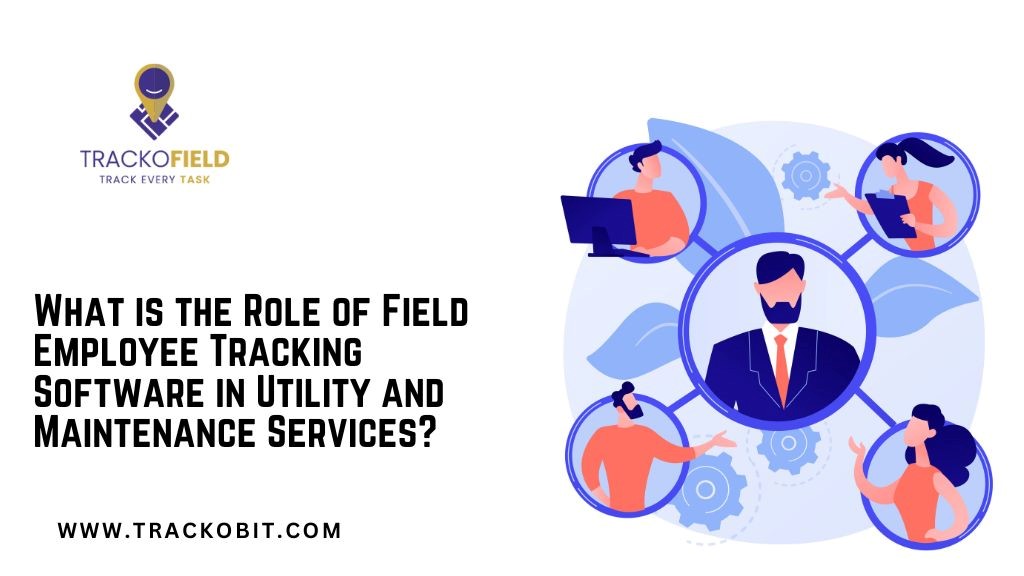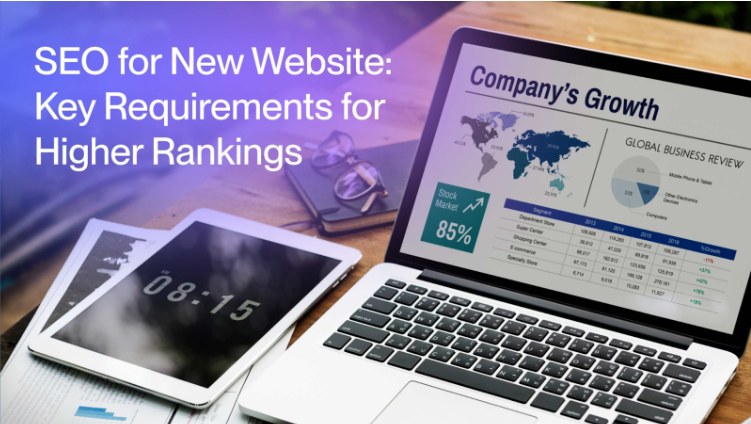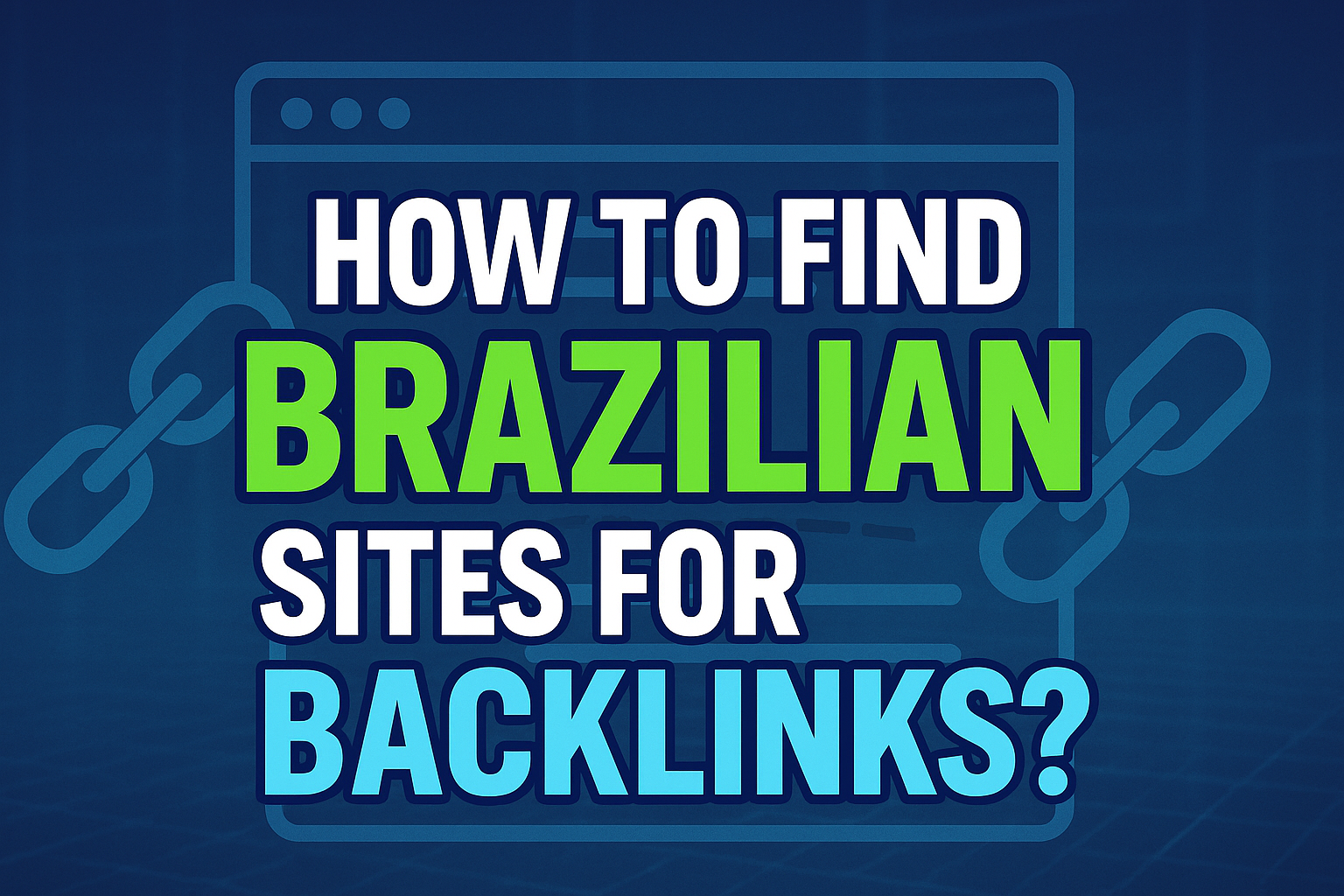In today’s healthcare landscape, regulatory compliance is paramount. One of the most critical aspects of maintaining compliance involves conducting regular exclusion screenings to ensure that your organization does not engage with individuals or entities excluded from participating in federal healthcare programs. Understanding and adhering to these requirements not only safeguards your organization from penalties but also upholds the integrity of the healthcare system.
What is an OIG Exclusion?
The Office of Inspector General (OIG) of the U.S. Department of Health and Human Services (HHS) maintains a list of excluded individuals and entities (LEIE). These exclusions result from criminal convictions, patient abuse, healthcare fraud, or other offenses that violate federal program standards. The LEIE is publicly accessible and is an essential resource for organizations to verify the eligibility of employees, contractors, and vendors.
Exclusions fall into two categories: mandatory and permissive. Mandatory exclusions are imposed for serious violations such as Medicare fraud, while permissive exclusions may be applied for lesser infractions. Engaging with excluded parties—even unknowingly—can lead to severe consequences, including civil monetary penalties and disqualification from federal healthcare programs.
Why Monthly OIG Exclusion Checks Are Crucial
Regular screening is not just a best practice—it’s a legal requirement for healthcare organizations. Performing OIG checks monthly allows organizations to identify any newly excluded individuals or entities promptly. This proactive approach minimizes risks and helps maintain the integrity of healthcare services.
The frequency of checks is vital because the LEIE is updated regularly. New exclusions are added, and some individuals or entities may be reinstated. Monthly monitoring ensures that your organization’s records remain current, protecting you from potential liabilities. Failing to conduct timely screenings could result in severe penalties, including financial losses, reputational damage, and disruption of services.
The Risks of Non-Compliance
Healthcare providers that fail to perform exclusion checks expose themselves to significant risks. These include:
- Financial Penalties: Organizations found to be in violation may face fines of up to $10,000 per item or service billed.
- Reputational Harm: Publicized non-compliance can damage an organization’s reputation and erode trust among patients and partners.
- Operational Disruptions: Being excluded from federal programs can lead to a sudden loss of funding, jeopardizing operations.
Compliance with exclusion screening requirements is not optional. The costs of non-compliance far outweigh the effort required to establish a robust screening process.
Tools for Effective Screening
Several software solutions are designed to simplify the process of monthly exclusion checks. These tools automate database searches, generate real-time alerts, and maintain comprehensive records, allowing organizations to stay compliant with minimal effort. Key features of these tools include:
- Batch Screening: Upload multiple names for simultaneous verification against the LEIE.
- Real-Time Alerts: Receive notifications when updates to the LEIE affect your organization.
- Audit Trails: Maintain detailed records of all screenings for compliance audits.
Investing in reliable exclusion screening tools not only ensures compliance but also saves time and reduces administrative burdens.
How to Establish a Comprehensive Screening Program
Building a robust exclusion screening program involves several steps:
- Develop Policies and Procedures: Define clear guidelines for performing exclusion checks, including frequency and scope.
- Assign Responsibilities: Designate a compliance officer or team to oversee the candidate screening process.
- Leverage Technology: Use automated tools to conduct and document screenings efficiently.
- Train Staff: Educate employees about the importance of exclusion screening and their role in maintaining compliance.
- Audit Regularly: Periodically review your screening process to ensure it aligns with regulatory requirements.
Conclusion
Ensuring compliance through regular exclusion screening is essential for any healthcare provider. Conducting OIG checks monthly is an effective way to protect your organization from unnecessary risks and maintain adherence to federal regulations. By implementing the right tools and strategies, you can safeguard your practice and contribute to the integrity of the healthcare system.
Compliance is not a one-time task but an ongoing commitment. With the right approach, your organization can navigate the complexities of regulatory requirements while focusing on delivering high-quality care to patients.



